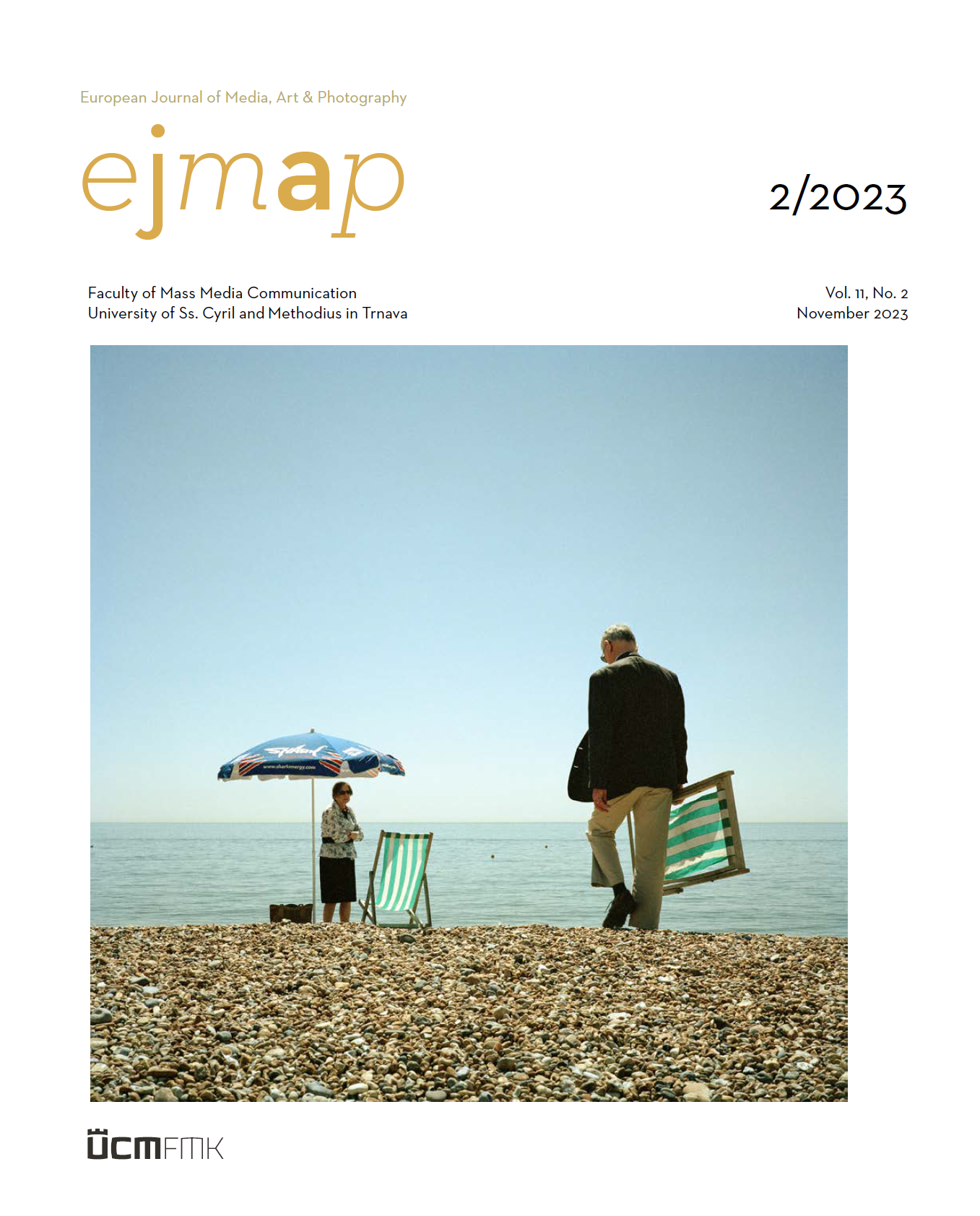Caricature as a Tool of Freedom of Expression
Caricature as a Tool of Freedom of Expression
Author(s): Martin Solík, Martin Lomen, Bianka Francistyová, Dušan BlahútSubject(s): Social Sciences, Economy, Fine Arts / Performing Arts, Media studies, Visual Arts, Communication studies, Marketing / Advertising, Sociology of Art, History of Art
Published by: Univerzita sv. Cyrila a Metoda v Trnave, Fakulta masmediálnej komunikácie
Keywords: Caricature; Evolution of Cartoons; Freedom of Expression; Political Cartoons; Protection of Personality
Summary/Abstract: Cartoon humour does not provoke reactions of laughter and amusement randomly, immediately, without any particular intention or thought, but because it is dependent on our physical and mental dispositions to perceive and interpret the observed image, which is inherently polysemic. Just as we are able to analyse social interactions and their meanings, we are able to analyse the meanings of images and notice their subjective and objective levels of interpretation. Cartooning is all about perceiving and observing details that we have learned to overlook over time. Cartoon and caricature imply visual, cultural and semantic components, especially the cartoon or otherwise caricatured image, the theme, the content and the humour – the comic, ironic or satirical sphere of life or cultural and artistic expression, taking the form of a joke, anecdote or aphorism. A caricature is a deliberate modification of a phenomenon with the intention of retouching or hyperbolizing some particulars or a single part of the phenomenon. In our study we are concerned with caricature, which not only represents an artistic representation, but can also be a criticism, a tool of propaganda, but primarily represents a tool of freedom of expression.
Journal: European Journal of Media, Art and Photography
- Issue Year: 11/2023
- Issue No: 2
- Page Range: 116-126
- Page Count: 11
- Language: English

